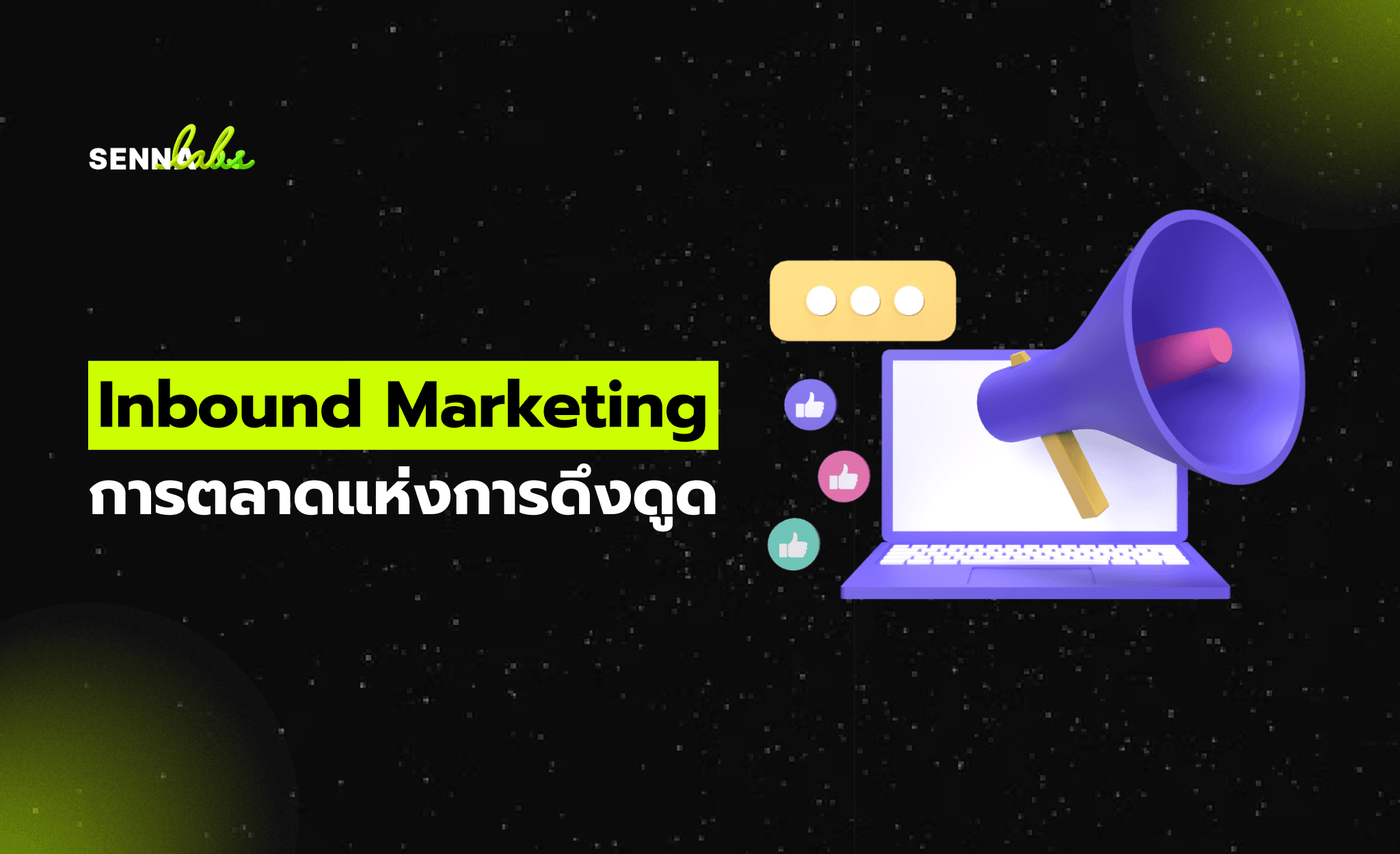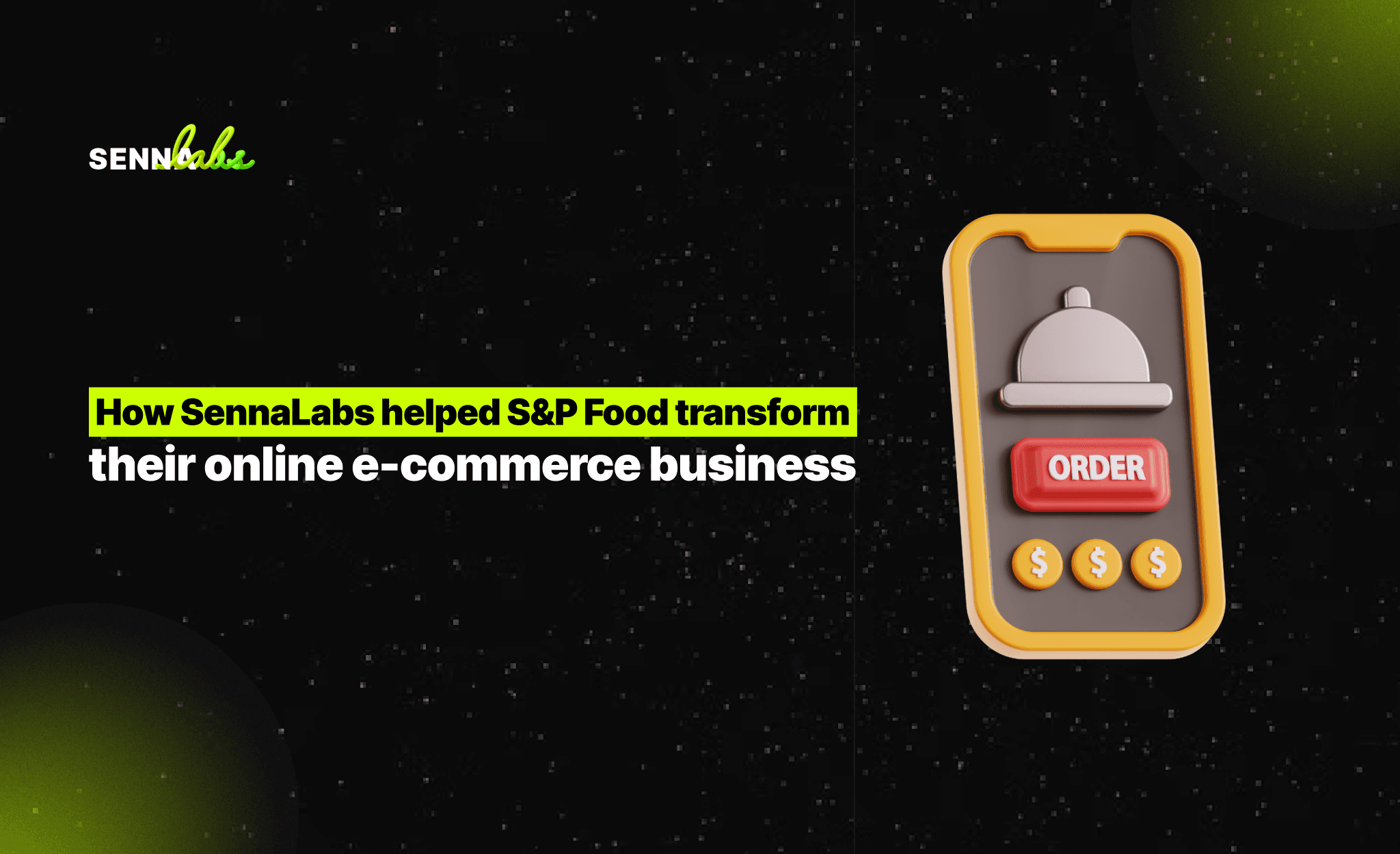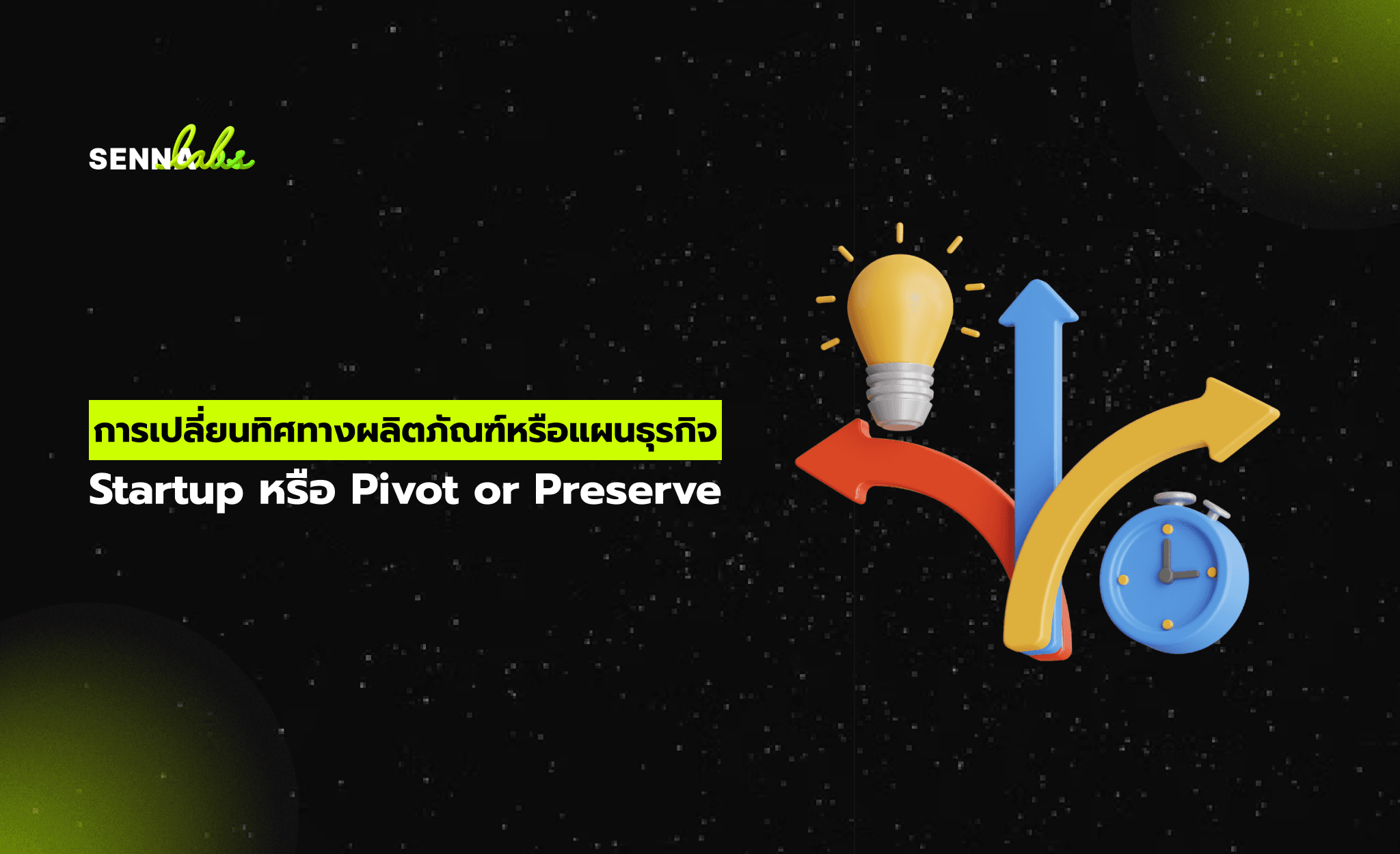AI Agents for Complex Problem Solving in Tech Support
Share

As the demand for fast and efficient technical support grows, software companies are increasingly adopting AI-powered tools to meet customer needs. Chatbots and AI agents play pivotal roles in streamlining the tech support process. While chatbots handle basic troubleshooting, AI agents tackle more complex problems by diagnosing issues and offering tailored solutions.
This article explores the distinct roles of chatbots and AI agents in tech support, with a focus on how they work together to create a seamless and efficient experience for users.

Chatbots in Tech Support: Quick Fixes for Basic Issues
Chatbots are designed to handle straightforward and repetitive tech support tasks. Their ability to deliver instant responses makes them ideal for addressing common queries and guiding users through basic troubleshooting steps.
Examples of chatbot functions in tech support include:
-
Basic FAQs: Providing answers to common questions like “How do I reset my password?” or “What are the system requirements?”
-
Simple Troubleshooting: Guiding users through steps to resolve issues such as reconnecting to Wi-Fi or restarting an application.
-
Ticket Creation: If an issue cannot be resolved, chatbots can create a support ticket for human intervention.
For instance, a user facing login issues might interact with a chatbot:
-
User: “I can’t log into my account.”
-
Chatbot: “Have you tried resetting your password? Click [here] to reset.”
By quickly resolving such basic issues, chatbots reduce the burden on human support agents, allowing them to focus on more complex problems.
AI Agents in Tech Support: Advanced Problem Solving
AI agents, on the other hand, are equipped with advanced diagnostic capabilities and the ability to analyze data in real time. These agents are invaluable for identifying and resolving complex technical issues that require deeper analysis.
Here’s what AI agents can do in tech support:
-
System Log Analysis: AI agents review system logs to identify root causes of software crashes or performance issues.
-
Dynamic Troubleshooting: They provide step-by-step resolutions tailored to the specific problem and user environment.
-
Predictive Maintenance: By analyzing patterns, AI agents can predict potential issues and suggest preventive measures.
-
Escalation Management: When necessary, AI agents escalate unresolved issues to human experts, providing detailed diagnostic reports to streamline the process.
For example, if a user reports that their software is crashing frequently, the AI agent might:
-
Analyze system logs and detect a compatibility issue with a recent update.
-
Provide a step-by-step guide to roll back the update or install a patch.
-
If the issue persists, escalate the case to a technical specialist, attaching a detailed analysis of the problem.
Use Case: Chatbots and AI Agents in Action
Let’s look at a real-world example of how a software company uses chatbots and AI agents to support its customers:
-
Step 1: Initial Interaction with a Chatbot
-
A customer, Sarah, encounters an error message while trying to install a new application.
-
She opens the company’s support page and interacts with the chatbot.
-
The chatbot asks a series of questions, such as “What error message are you seeing?” and “Have you tried restarting the installation?”
-
When basic troubleshooting steps fail, the chatbot creates a support ticket and escalates the issue to an AI agent.
-
Step 2: Advanced Diagnostics with an AI Agent
-
The AI agent reviews the error logs from Sarah’s system and identifies that the problem is related to an outdated driver.
-
It provides Sarah with a step-by-step guide to update the driver, including direct links to download the necessary files.
-
After Sarah follows the steps, the installation succeeds, and the AI agent confirms the resolution with her.
This seamless integration of chatbots and AI agents ensures that Sarah’s issue is resolved efficiently, without the need for prolonged human intervention.
Key Differences: Chatbots vs AI Agents in Tech Support
-
Complexity of Tasks: Chatbots handle simple, scripted interactions, while AI agents manage complex, data-driven diagnostics.
-
Data Utilization: Chatbots rely on predefined responses, whereas AI agents analyze system logs and real-time data to identify root causes.
-
Escalation Capabilities: Chatbots escalate unresolved issues to higher tiers; AI agents provide detailed diagnostic reports to streamline escalation.
-
Automation Level: Chatbots guide users through basic fixes, while AI agents deliver dynamic, personalized troubleshooting steps.
Why This Combination Works in Tech Support
The integration of chatbots and AI agents creates a robust tech support system that balances efficiency with intelligence:
-
Efficiency: Chatbots reduce wait times for basic queries, ensuring customers get quick responses.
-
Effectiveness: AI agents tackle complex problems, providing tailored solutions and minimizing downtime.
-
Cost Savings: By automating both simple and advanced tasks, companies can reduce the need for extensive human support teams.
-
Customer Satisfaction: A seamless experience that resolves issues quickly fosters trust and loyalty among users.
Conclusion
In the realm of tech support, chatbots and AI agents are revolutionizing the way software companies address customer issues. Chatbots excel at handling routine queries, freeing up resources for more critical tasks. Meanwhile, AI agents bring intelligence and precision to the table, diagnosing complex problems and providing actionable solutions.
By combining these technologies, companies can create a tech support system that is both efficient and highly effective, ensuring that customers receive the assistance they need without unnecessary delays. As AI continues to advance, its role in transforming tech support will only grow, enabling companies to deliver smarter, faster, and more personalized solutions.

Share

Keep me postedto follow product news, latest in technology, solutions, and updates
Related articles
Explore all


